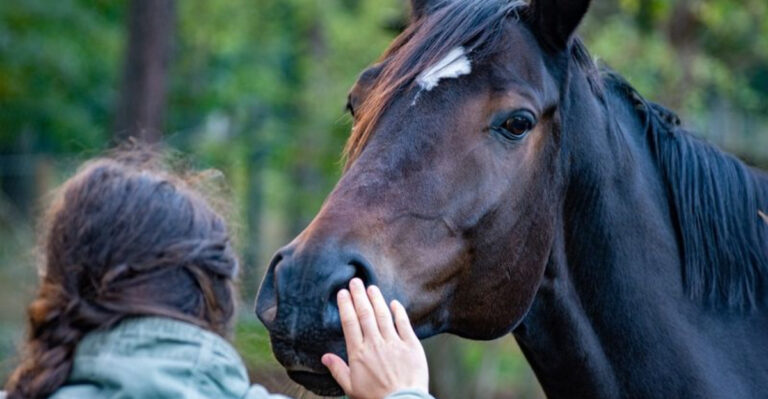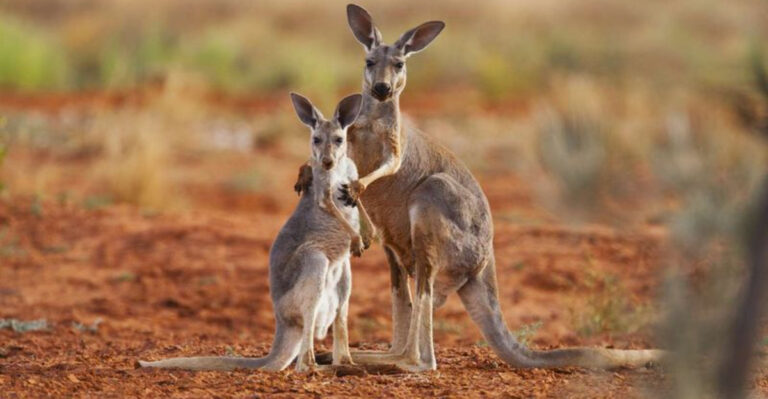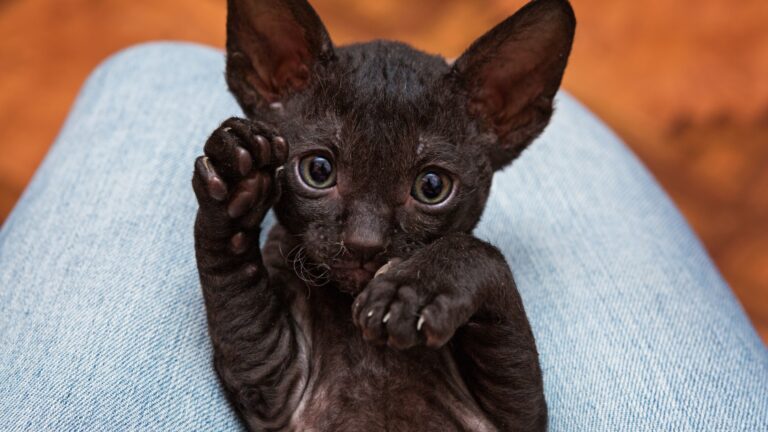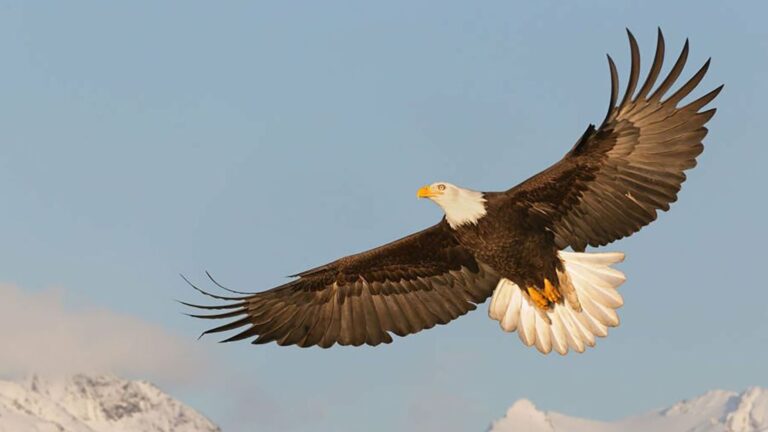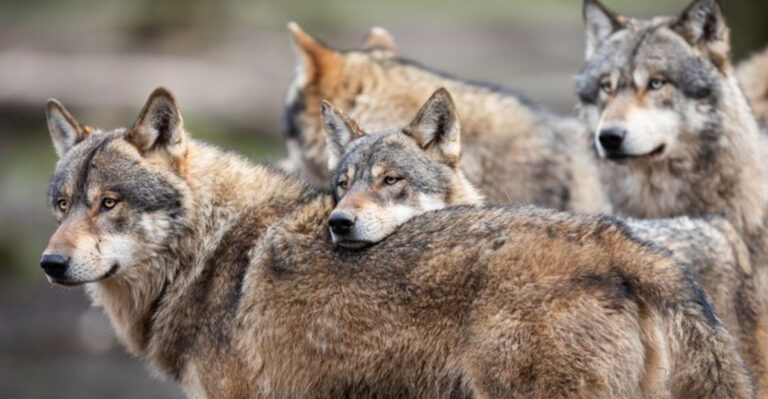Scientists Are Working To Revive The Long-Lost Dodo
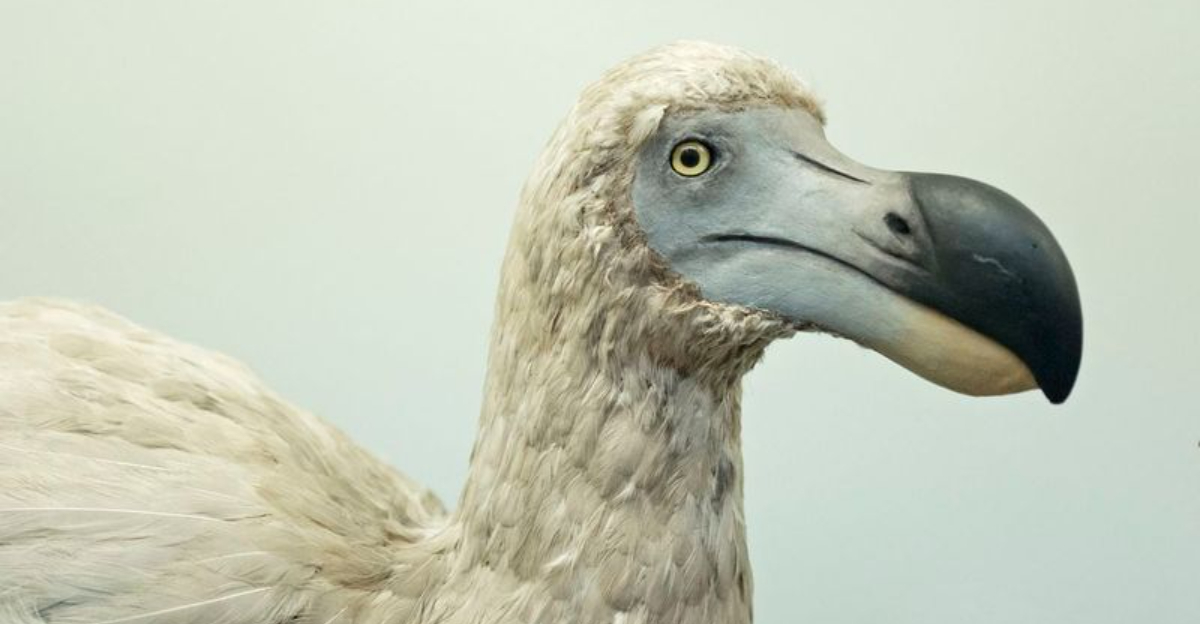
Scientists are embarking on an incredible journey to bring back the dodo bird, extinct since the 1600s. This flightless bird from Mauritius disappeared due to human hunting and invasive species.
The quest to revive the dodo represents one of the most ambitious de-extinction projects ever attempted, combining cutting-edge genetic technology with conservation goals.
1. The Bird That Time Forgot
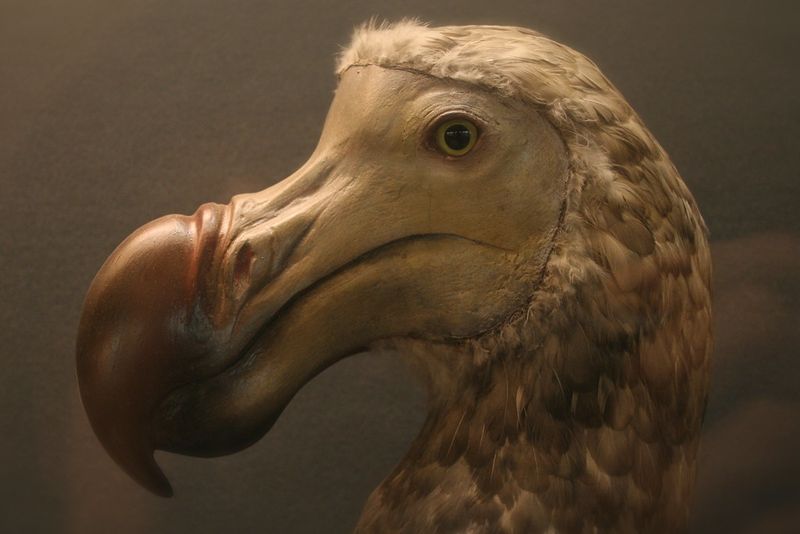
Last seen in 1662, these turkey-sized birds vanished just 64 years after humans discovered them. Weighing up to 50 pounds, dodos evolved without natural predators on Mauritius, losing their ability to fly and fear of humans.
Their name likely comes from the Portuguese word ‘doudo,’ meaning ‘foolish’ – a reference to their trusting nature.
2. DNA Holds The Key

Genetic material extracted from preserved dodo specimens offers a blueprint for resurrection. Scientists at Colossal Biosciences announced in January 2023 their ambitious plan to sequence the dodo’s entire genome.
Unlike movie fiction, revival requires more than just blood from mosquitoes – it demands painstaking genetic reconstruction from fragmented ancient DNA.
3. Cloning Enters The Conversation
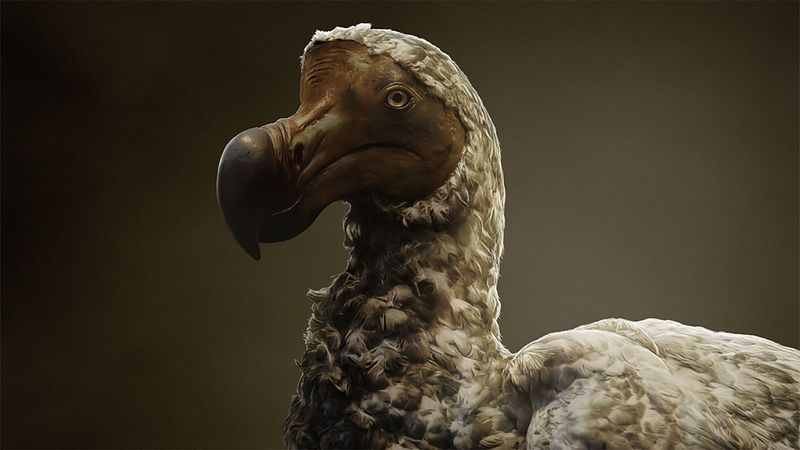
Traditional cloning won’t work for the dodo since we lack viable cells or surrogate mothers of the same species. Instead, scientists plan to edit the genes of the Nicobar pigeon – the dodo’s closest living relative.
Through genetic engineering, they’ll transform pigeon cells to develop dodo characteristics, essentially creating a hybrid with dodo traits.
4. Lab-Grown Cells Show Promise

Remarkable progress in cell culture technology allows scientists to grow specialized dodo cells in laboratory conditions. These cultured cells could potentially develop into various tissues, including muscle, bone, and feathers.
Researchers have already successfully grown cells from related bird species, providing a roadmap for dodo cellular development.
5. Ethics Of De-Extinction Debated
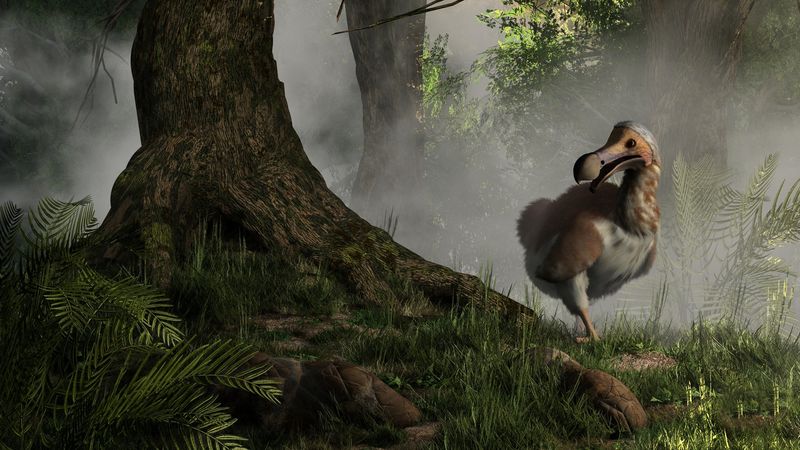
Critics question whether resources might better serve living endangered species rather than reviving extinct ones. Proponents argue that de-extinction technologies advance conservation science overall, benefiting all threatened species.
The moral question persists: do we have a responsibility to bring back species humans drove to extinction?
6. Museums Offer Genetic Clues
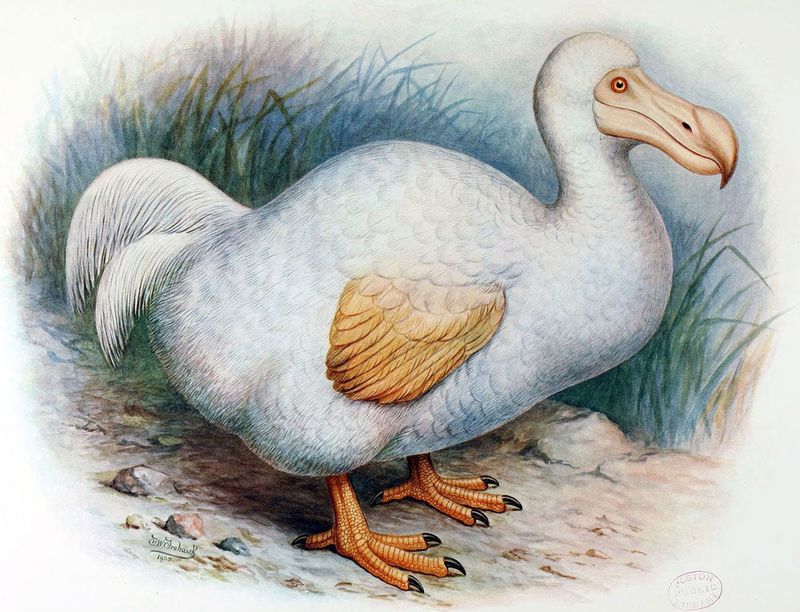
Natural history collections worldwide house precious dodo remains – mostly bones and a few preserved tissue samples. The Oxford University Museum displays the world’s most famous dodo specimen, featuring the only known soft tissue remains.
Advanced scanning techniques now allow scientists to extract genetic material without damaging these irreplaceable artifacts.
7. Fossils Guide The Research
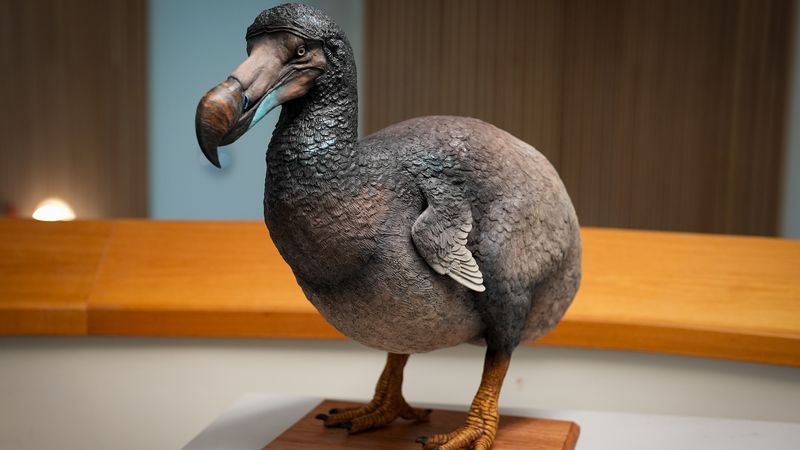
Beyond genetics, paleontologists study dodo fossils to understand the bird’s physical structure and biology. Excavations in Mauritius have uncovered complete skeletons, revealing details about dodo movement and anatomy.
These findings help scientists determine which genetic traits to prioritize when attempting to recreate dodo-like characteristics in living birds.
8. The Pigeon Connection Surprises Many
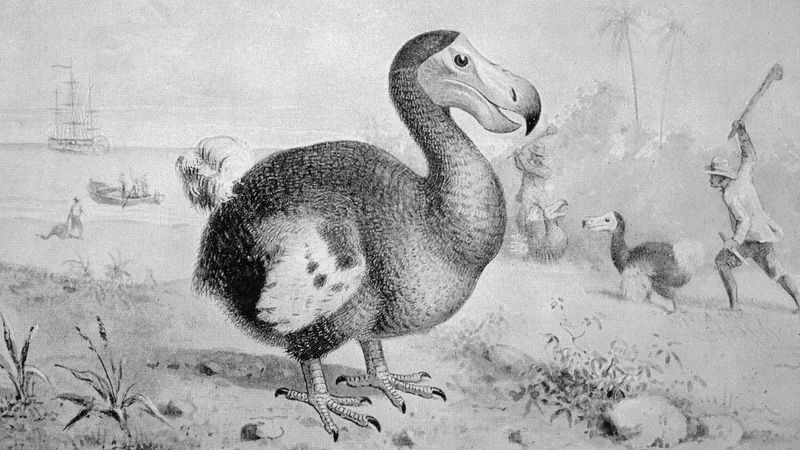
Genetic studies reveal dodos belonged to the pigeon family – shocking those who picture the iconic tubby, flightless bird. The dodo’s closest living relative, the Nicobar pigeon, sports iridescent feathers unlike its famous cousin.
This evolutionary relationship provides crucial genetic reference points for scientists attempting resurrection.
9. Habitat Restoration Challenges
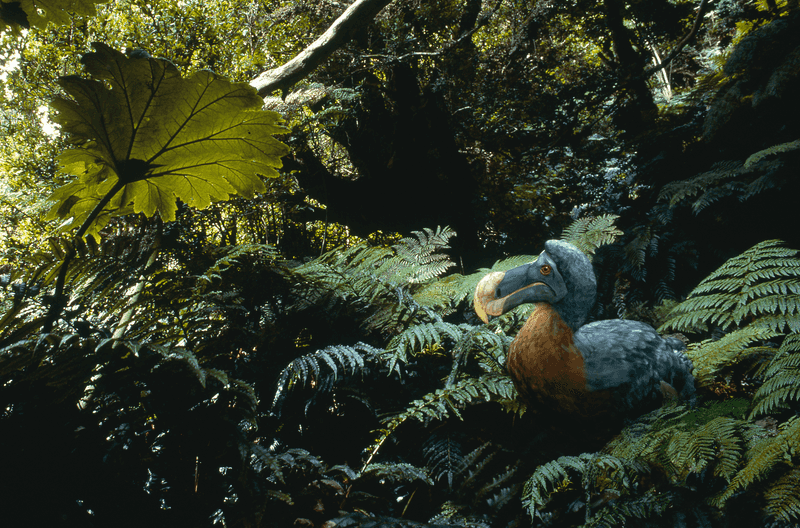
Creating a suitable environment for revived dodos presents a significant hurdle. Mauritius has changed dramatically since the 1600s, with introduced predators and habitat destruction threatening many native species.
Conservationists are working to restore parts of the island to their original state, removing invasive species and replanting native vegetation.
10. Cutting-Edge Technology Drives Progress
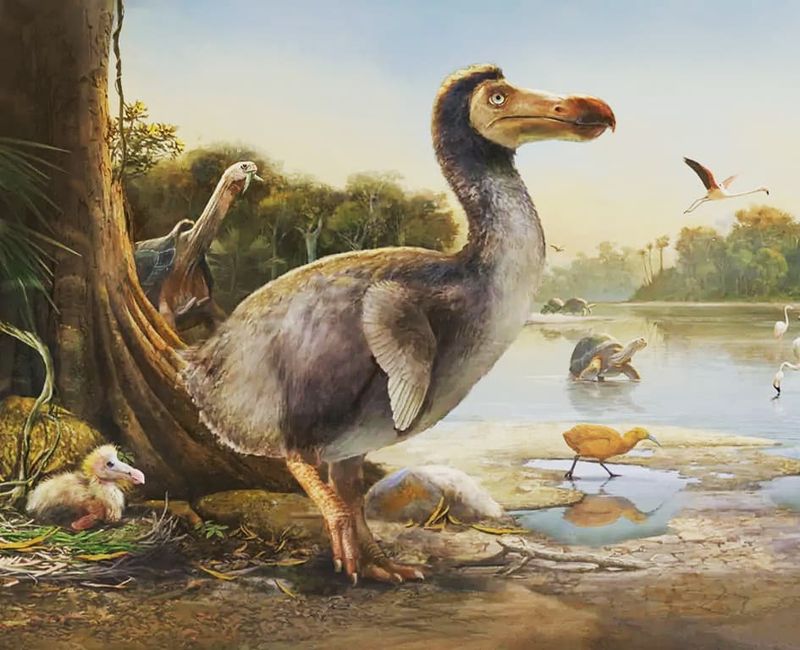
CRISPR gene-editing technology revolutionizes the de-extinction field by allowing precise DNA modifications. Artificial wombs, currently being developed for other species, might eventually help incubate engineered dodo embryos.
Computer modeling predicts how genetic changes will affect physical traits, helping scientists recreate dodo characteristics accurately.
11. Timeline Remains Uncertain
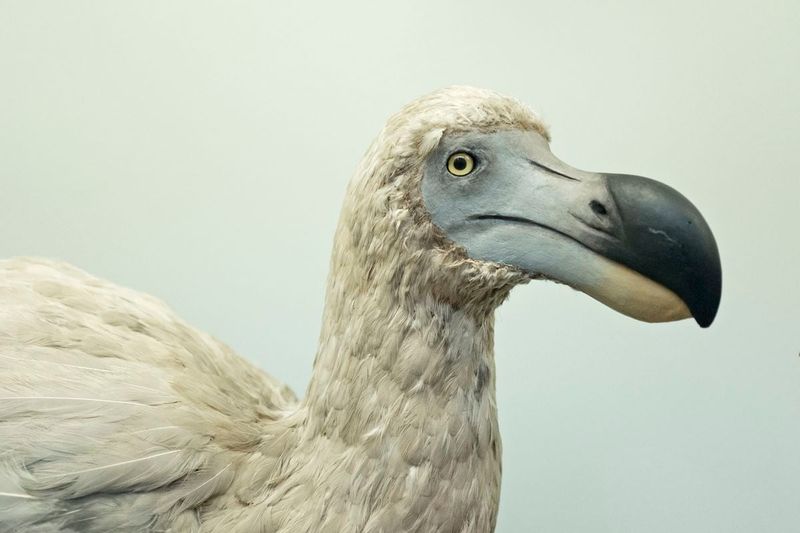
Scientists estimate the first dodo-like birds could hatch within this decade, though complete revival may take longer. Each stage of the process – from genome sequencing to embryo development – presents unique challenges.
Experts caution that the resulting birds won’t be identical to historical dodos but rather modern approximations with similar traits.
12. Cultural Icon Status Fuels Interest
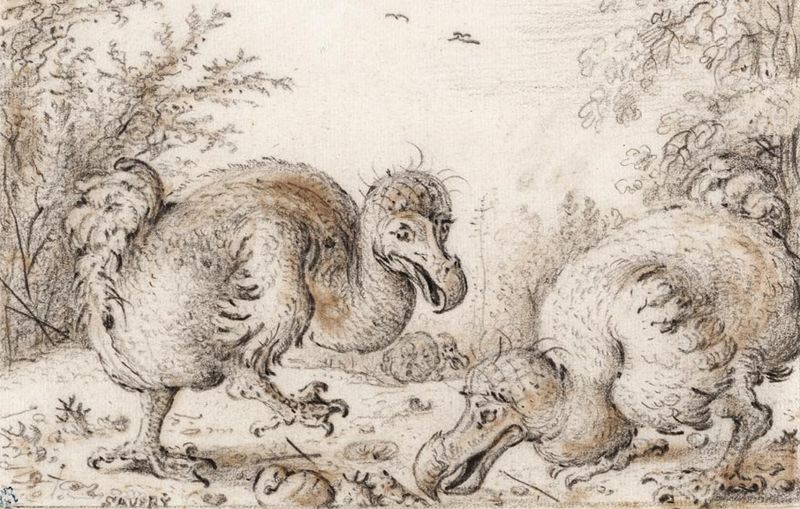
Phrases like ‘dead as a dodo’ entered our language, making this bird a powerful symbol of extinction. Lewis Carroll’s ‘Alice in Wonderland’ immortalized the dodo in literature, introducing it to generations of readers.
This cultural significance drives public interest in the revival project, potentially helping secure funding and support for the scientific work.
13. Scientists Face Skepticism
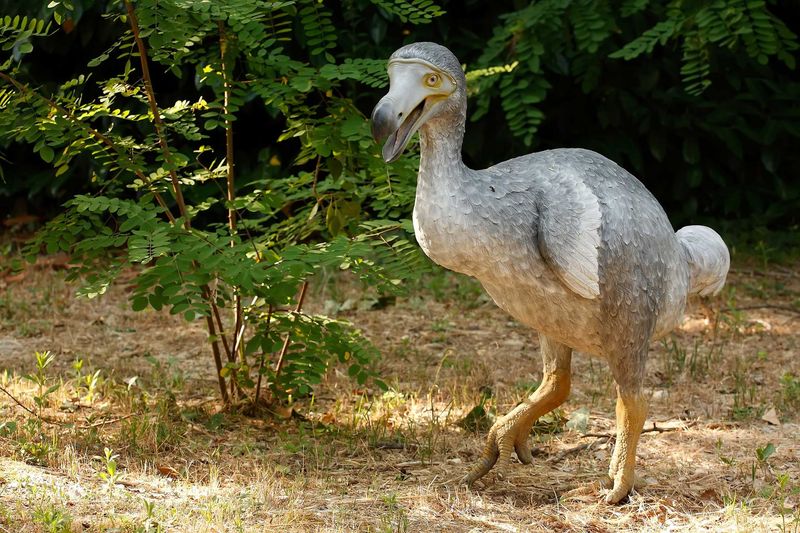
Many researchers question whether creating dodo-like birds truly constitutes ‘bringing back’ the species. Some critics worry about diverting resources from conservation efforts protecting currently endangered species.
Others raise concerns about animal welfare, wondering if revived dodos would struggle to adapt to modern environments.
14. Broader Applications Emerge
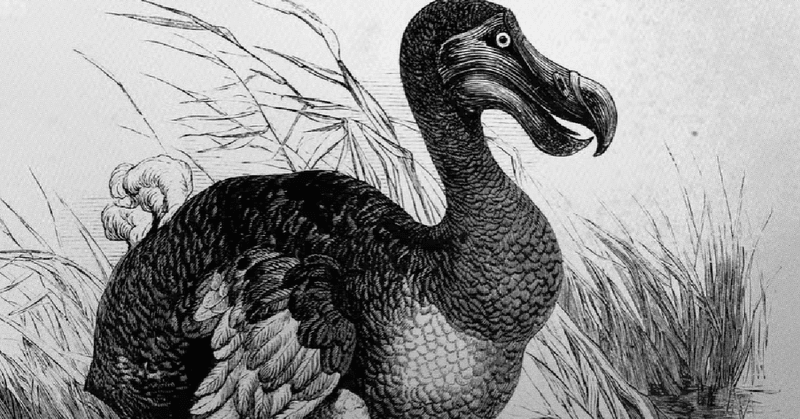
Technologies developed for dodo revival could help save currently endangered birds from extinction. Genetic techniques might preserve diversity in threatened species by reintroducing lost genetic traits.
Advances in artificial reproduction could help species that struggle to breed in captivity, offering new hope for conservation programs worldwide.

